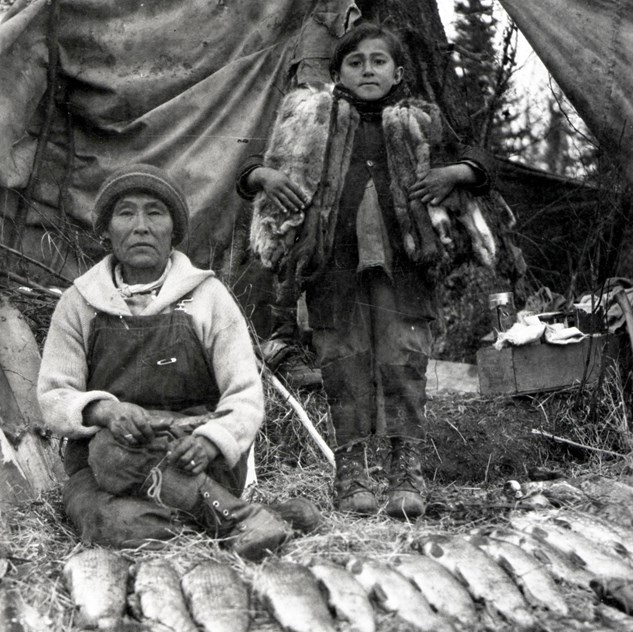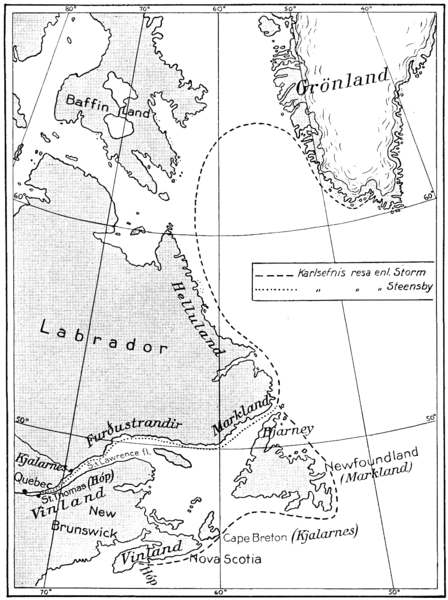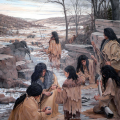
In 1245 CE, the Anasazi (Ancestral Puebloan) began construction on the Sand Canyon Pueblo in Colorado. The pueblo is located at the head of a canyon with most of the construction below the canyon rim. The pueblo would grow to 420 surface rooms, 90 kivas, 14 towers, and an enclosed plaza. A massive stone wall enclosed the village on the southwest, west, north, and east provided protection against attack and also controlled and limited access to the spring at the center of the village. The enclosing wall was at least one story tall and had very few access openings.
A number of towers abutted the outside face of the enclosing wall. These towers were in positions providing panoramic views of the landscape west, north, and northeast of the village. They also allowed villagers in the towers to safely monitor the exterior face of the enclosing wall for possible intruders. The towers also provided them with advantageous locations for launching arrows at attackers just outside the village.
It appears that the massive stone wall that enclosed the houses and public buildings was constructed first. The construction of this wall would have been a major community project. It also would have been done by people who did not yet live there.
Archaeologists feel that the construction of the town was pre-planned. Architecturally, the pueblo was laid out in 14 discrete roomblocks, each of which had residential and storage rooms associated with a kiva.
It would have an estimated population of 400-600 people. With regard to subsistence, the residents were heavily dependent on corn and domesticated turkeys. The wild animals most frequently consumed were cottontail rabbits.
In 1277, all construction appears to have stopped at Sand Canyon Pueblo. The abandonment of the pueblo had begun. The residents were now consuming less domesticated turkey and more cottontail rabbit, deer, and pronghorn. Corn was still an important part of their diet and there was no indication of dietary stress. However, the regional drought which started the year before may have reduced the agricultural yield. With crops diminishing or failing because of the drought, the villages were probably forced to consume their maize stores. Since domesticated turkeys were fed maize, the failed crops would have also led to diminished turkey flocks. Archaeologists feel that the low frequencies of turkey bone suggest that few turkeys remained near the time of village depopulation.
Many of the villagers began to emigrate, probably planning to return when the climate improved. It is estimated that from one-fourth to three-fourths of the population emigrated. Those who stayed were forced to use a hunting and gathering strategy which meant that they were now competing with other communities for these resources. Foraging parties travelled away from the village and then returned to the safety of the village whenever possible, bringing whatever provisions they had been able to procure.
In 1280, Sand Canyon Pueblo was attacked and many villagers perished. At least 35 people were killed and were not formally buried.
One middle-aged man was killed by a face-to-face blow delivered by a right-handed assailant. He was on the roof at the time he was killed. In another roomblock, an adolescent male (12-15 years old) was killed in a kiva by being struck from behind, perhaps while attempting to flee. This individual was scalped. Another man, about 20 years old, was killed on a rooftop by being struck from behind. An eight-year-old child was killed by being struck from behind and was scalped.
Many individuals may have been killed by arrows with stone projectile points that were then retrieved from victims. Wood-tipped arrows may have also been used and these would have left no visible traces for later archaeologists to find. Recent research suggests that wood-tipped arrows were widely used at this time.
Who attacked the village? Archaeologists have concluded that the attackers were residents of one or more Pueblo settlements from within the Mesa Verde region. The attack does not appear to have involved non-Pueblo invaders.
Some of the abandoned kivas were burned. This was not a simple task, but a labor-intensive process requiring a great deal of time, perseverance, and determination. The roofs of the kivas were set on fire as a part of a closing ritual. This could have been done by villagers who were away from the village when it was attacked or by a delegation of emigrating survivors who returned after the attackers had departed.
In summarizing the reasons for the abandonment of Sand Canyon Pueblo, archaeologists have concluded that these reasons include: (1) overexploitation of natural resources; (2) high population levels, and (3) overdependence on one crop. This left the Ancestral Pueblo residents of the region catastrophically vulnerable to the vagaries of weather and climate, which resulted in social turmoil, massive relocations of population, and far-reaching, permanent changes in Pueblo culture.




Leave a Reply